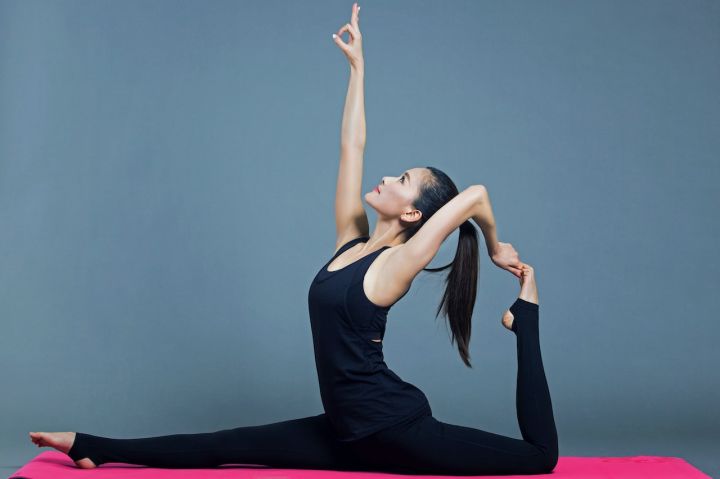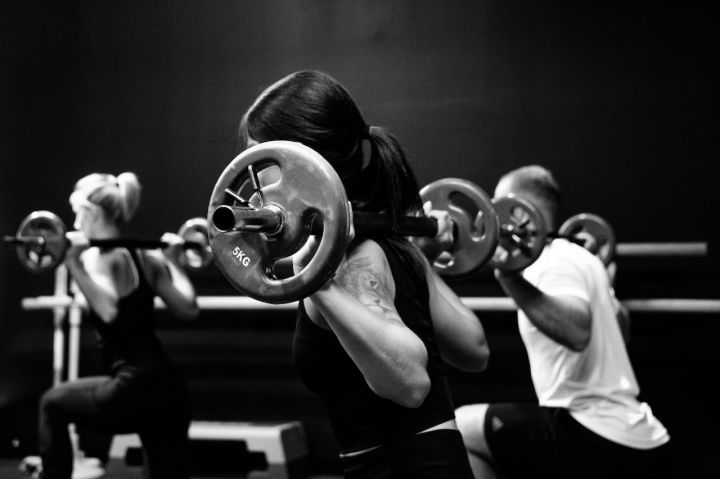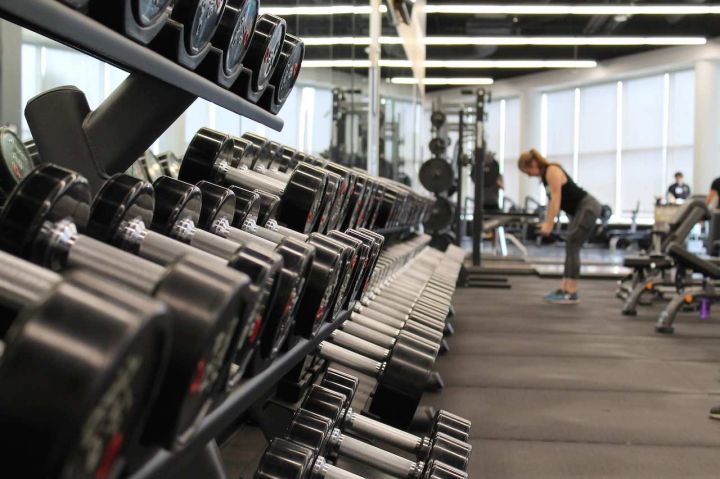how many pull-ups can you do in one set, 10, 20 or 50? How many can you do if you only do pull-ups in one set, 100, 300 or 500?
Here, it's not about the number of reps, but doing more pull-ups is a sign of strength and, in general, getting good at pull-ups is a "Shortcut" To a thicker and wider back, one of the criteria for being a good-looking man. How much do you know about pull-ups?

the difference between forward and reverse grip pull-ups
there is a difference between a forward grip and a reverse grip pull-up, but many guys may think they are completely separate movements. The forward and reverse grip pull-ups are very similar, but there is a fundamental difference between the two and that is the grip of the hands.
Let's assume for a moment that the forward and reverse grip pull-ups are completely separate movements. The reverse grip pull-up takes into account the position of the hands, with the palms facing the body, which is the standard reverse grip pull-up position. Turning your palm over, palm out, and pulling your chin over the bar, which you may find difficult to do, is a forward grip pull-up. Palm inward is a reverse grip and palm outward is a forward grip.

muscles that will be mobilised by pull-ups
with both forward and reverse grip pull-ups, the muscles that are activated are similar; the subtle differences lie in the speed at which they are activated and the mechanics required to perform the exercise. One study compared the electromyography of forward and reverse grip pull-ups.
Electromyography of reverse grip and forward grip pull-ups.
Latissimus dorsi: 117-130%
biceps: 78-96%
infraspinatus: 71-79%
lower trapezius: 45-56%
pectoralis major: 44-57%
erector spinae: 39-41%
external abdominal obliques: 31-35%

the electromyography of the pectoralis major and biceps was significantly higher in reverse grip pull-ups than in forward grip pull-ups. In contrast, the lower oblique emg showed higher in the forward grip pull-up.
Basic pull-up variations
if doing full-stroke pull-ups is too difficult, there are several ways to help build strength. Doing elastic band-assisted pull-ups - although it is only done under certain conditions - can also pose problems with this type of training.

the elastic band takes away the most difficult phase of the movement (the centripetal/upward phase) and increases the intensity of the centrifugal phase. This makes it unnecessary to learn how to control your body at any given time, so try these pull-up variations.
Method 1. Do centrifugal pull-ups
jump onto the bar, bring your body into the highest position of the pull-up movement and lower your body at a slower pace. This will train the ability to control your body weight and will also build muscle and strength.

lower the body at a rate of 4 seconds from the highest point to full extension, increasing the time accordingly to your ability.
2. Hold
jump onto the bar, hold at the highest point, lower your body slightly and then hold at 90 degrees at the elbows. Continue to lower yourself into an almost fully extended position with your elbows at 150 degrees before performing the next movement.

when to do pull-ups?
Pull-ups are a great addition to any back workout for those who want to build strength, muscle and upper body muscles.
These movements are slightly more demanding on the upper body and it is a good idea to put them as a supplement to your training. Also, doing these movements at the beginning can help you get the most out of them.

variations of pull-ups
1. Opposite grip pull-ups (palms facing each other)
this is a great move for many newbies and this variation feels more natural when pulling upwards.

2. Towel pull-ups
wrap a towel around the bar, grab the end of the towel and do a pull up. This is a great variation and also builds grip strength.

3. One-arm pull-ups
probably the most difficult variation of the movement, but not impossible to perform.

4. Forward and reverse grip pull-ups
this is more of a hard pulling grip, with one palm facing inwards and one facing outwards. Use this grip for pull-ups, making sure to get the same number of repetitions on both sides.

5. Narrow distance pull-ups
with both hands as close together as possible, the movement tries to recruit the biceps, which is a good variation.

6. 1 and 1/4 pull-ups
complete a normal reverse grip pull-up, after which pull your body back to 90 degrees and stop, continuing to lower yourself to full extension to complete the movement. For the extra extra movement you will have a difficult time completing it.

all these movements are a great addition to back training, with variations and benefits. It's not wise to exclude pull-ups from your routine, especially if you want to gain strength, muscle or size, grab the bar and start working on pull-ups now!





